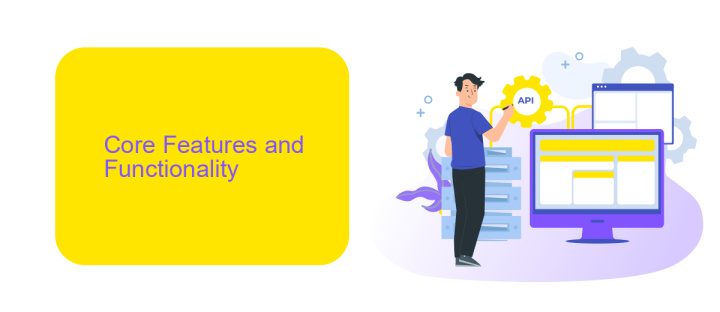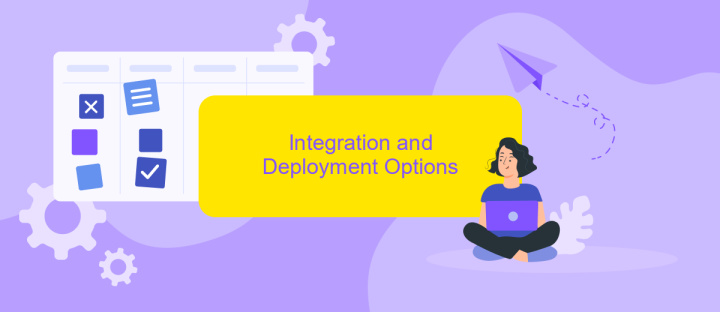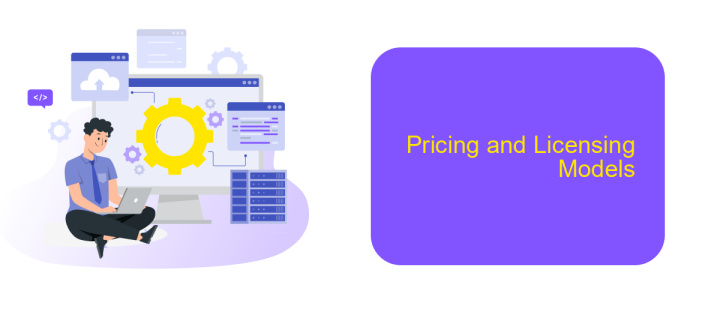Appian Vs Camunda
When it comes to Business Process Management (BPM) software, Appian and Camunda are two leading platforms that offer robust solutions for automating and optimizing business processes. This article aims to provide a comprehensive comparison of Appian and Camunda, examining their features, strengths, and use cases to help organizations make an informed decision on which platform best suits their needs.
Overview and Market Positioning
Appian і Camunda є провідними платформами для автоматизації бізнес-процесів (BPM). Appian відома своїм інтуїтивним інтерфейсом та широкими можливостями інтеграції, що дозволяє швидко створювати складні додатки. Camunda, з іншого боку, спеціалізується на гнучкості та масштабованості, пропонуючи потужні інструменти для розробників і підтримку відкритих стандартів.
- Appian: Підходить для швидкого розгортання та інтеграції з існуючими системами.
- Camunda: Відмінно підходить для складних, масштабованих процесів з високою гнучкістю.
Обидві платформи мають свої сильні сторони і можуть використовуватися для різних бізнес-потреб. Якщо ваша компанія потребує швидкої інтеграції з різними сервісами, ApiX-Drive може стати корисним інструментом для налаштування інтеграцій без програмування. Вибір між Appian і Camunda залежить від конкретних вимог вашого бізнесу та технічних можливостей команди.
Core Features and Functionality

Appian and Camunda offer robust core features and functionalities tailored to streamline business process management (BPM). Appian excels in its low-code development environment, enabling users to design, automate, and optimize complex workflows with minimal coding expertise. Its intuitive drag-and-drop interface and pre-built components significantly reduce development time. Additionally, Appian offers powerful integration capabilities, allowing seamless connectivity with various third-party applications and services, enhancing overall system efficiency.
On the other hand, Camunda is renowned for its open-source BPM platform, providing extensive flexibility and customization options. It supports BPMN for process modeling, CMMN for case management, and DMN for decision management, making it a versatile choice for diverse business needs. Camunda's strong emphasis on developer-centric tools ensures high performance and scalability. For integration needs, services like ApiX-Drive can be utilized to automate data transfer between Camunda and other applications, further optimizing business processes and reducing manual effort.
Integration and Deployment Options

When comparing Appian and Camunda in terms of integration and deployment options, both platforms offer robust capabilities but cater to different needs and preferences. Appian provides a comprehensive suite of pre-built connectors and APIs, making it easier to integrate with various enterprise systems and third-party applications. This low-code platform supports seamless integration through its Integration Designer, which simplifies the process of connecting to external services.
- Appian: Offers pre-built connectors, Integration Designer, and extensive API support.
- Camunda: Provides a flexible architecture with BPMN 2.0 support, REST APIs, and Java-based integration.
Camunda, on the other hand, is designed for developers who prefer more control and flexibility. It supports BPMN 2.0 for process modeling and offers extensive REST APIs and Java-based integration options. For teams looking for an intermediary service to streamline integrations, platforms like ApiX-Drive can be valuable. ApiX-Drive allows for automated data transfers between systems, reducing the manual effort required for integration tasks. Both Appian and Camunda can leverage such services to enhance their deployment and integration capabilities.
Pricing and Licensing Models

When comparing Appian and Camunda, understanding their pricing and licensing models is crucial for making an informed decision. Both platforms offer distinct approaches that cater to different business needs.
Appian follows a subscription-based pricing model, which includes various tiers depending on the number of users and the complexity of the deployment. This model is designed to be scalable, making it suitable for both small businesses and large enterprises. Appian also offers a free trial, allowing potential customers to explore its features before committing.
- Subscription-based pricing
- Scalable tiers for different business sizes
- Free trial available
Camunda, on the other hand, offers an open-source community edition alongside a commercial enterprise edition. The community edition is free and ideal for developers and small projects. The enterprise edition includes additional features, support, and services, which come at a cost. This dual approach provides flexibility, allowing businesses to start small and scale up as needed.
Pros and Cons of Each Platform
Appian is known for its user-friendly interface and rapid application development capabilities. It offers a wide range of pre-built templates and components, making it easier for businesses to deploy applications quickly. Additionally, Appian's robust integration capabilities, including support for platforms like ApiX-Drive, allow seamless connectivity with various enterprise systems. However, Appian can be expensive, particularly for smaller businesses, and its customization options may be limited compared to other platforms.
Camunda, on the other hand, excels in providing a highly customizable and developer-friendly environment. It is an open-source platform, which makes it more cost-effective and flexible for businesses looking to tailor their solutions. Camunda's strong focus on BPMN standards ensures high compatibility with existing business processes. Nevertheless, the platform may have a steeper learning curve for non-technical users and might require more time and resources for initial setup and integration, especially without using integration services like ApiX-Drive.


FAQ
What are the primary differences between Appian and Camunda?
Which platform is better suited for large-scale enterprise applications?
Can Appian and Camunda be integrated with other systems?
How do Appian and Camunda handle process modeling?
What services are available for automating and integrating workflows in Appian and Camunda?
Strive to take your business to the next level, achieve your goals faster and more efficiently? Apix-Drive is your reliable assistant for these tasks. An online service and application connector will help you automate key business processes and get rid of the routine. You and your employees will free up time for important core tasks. Try Apix-Drive features for free to see the effectiveness of the online connector for yourself.

